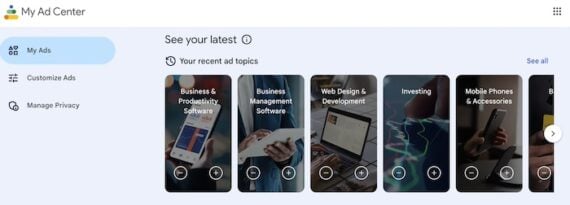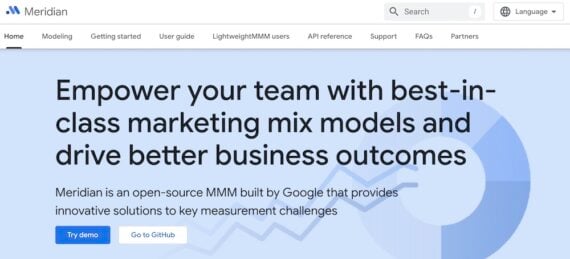AI Favors Ecommerce Giants — for Now
Artificial intelligence has seemingly raised the barriers to ecommerce success.
The industry has long been a David-and-Goliath tale. In theory, anyone with a product and an internet connection could compete with retail giants.
AI arguably reinforces this underdog story. The tools are certainly accessible. Generative AI has dramatically lowered the cost of producing content such as product descriptions, articles, images, and videos. AI seemingly makes small businesses more competitive.

Generative AI makes creating content fast and easy. For example, Nano Banana Pro generated this image.
AI Divide
But what if AI is creating a divide?
AI is universally available, but does every business have the ability to employ it?
On the one hand, there are enterprises and digital-native retail and direct-to-consumer giants that use AI for supply chain forecasting, dynamic pricing, and other essential tasks. With money and engineering talent, these merchants are creating a reinforcing efficiency loop. Some have direct relationships with OpenAI, Perplexity, and Google for AI shopping integrations and data access.
On the other hand, imagine an entrepreneur launching an ecommerce shop from her garage. She lacks the infrastructure and expertise to deploy AI at scale.
The divide is already visible in how AI shapes discovery, relevance, and shopping behavior.
Zero-Clicks
AI-driven “zero-click” search may be the most immediate threat for small-to-midsize ecommerce businesses.
Until recently, search results sent users to websites. Long-tail discovery — “best hiking boots for wide feet,” for example — was often a lifeline for SMBs.
A well-written buying guide or blog post could rank, attract readers, build trust, and generate sales.
AI has broken that model. Google’s AI Overviews and emerging genAI platforms answer product questions directly on the results page. Summarized recommendations, feature lists, and comparisons don’t require a click.
Invisibility
Worse still, when recommending products, AI models rely on “trusted” sources, with indicators such as domain age, traffic history, structured data, reviews, and brand mentions across the web.
Large retailers have mastered these inputs for years. They operate teams dedicated to Schema.org markup, catalog hygiene, and feed optimization. The result is relatively cleaner, richer signals that AI systems treat as authoritative.
An SMB may produce excellent content or even have a superior product, but remain invisible.
That merchant could once rank on page one for a narrow niche query if competition was light. AI answers eliminate that opportunity. If it doesn’t “see” the new site, the model never recommends it.
This invisibility is structural, not punitive. AI search rewards incumbents whose data footprints already saturate the web. Put another way, the advantages enterprise retailers have long enjoyed in organic search are magnified in large language models.
Agentic Shopping
A second shift is emerging as AI agents participate in the buying process. Agentic commerce refers to systems that search, compare, evaluate, and even purchase products on behalf of users.
Major AI firms are piloting these capabilities and partnerships.
Large retailers and marketplaces have formed direct integrations. Some enterprise merchants provide verified product data to OpenAI for shopping recommendations. Others collaborate with Perplexity to enrich AI answers with structured product feeds.
Amazon and Walmart each have internal AI agents that evaluate catalog content and surface products across their owned channels.
Such integrations give enterprise retailers a privileged position in agentic commerce. Their data is clean, complete, and constantly refreshed. Their catalogs include millions of SKUs. Their fulfillment networks provide real-time availability.
SMBs
Yet traditional organic search has not always ranked ecommerce SMBs. Marketplaces, social media, affiliates, and even direct mail have long been more productive for many sellers. Small-budget advertising remains accessible via Google, Bing, Amazon, Walmart, Meta, and, soon, the LLMs themselves, none of which are remotely profitable.
Look for SMB heavyweights such as Shopify, Etsy, Stripe, and PayPal to continue collaboration efforts with the genAI platforms. Already, providers such as ReFiBuy and others offer generative engine optimization services — GEO — recognizing the opportunity to serve smaller companies.
The internet was once deemed a threat to independent stores. That didn’t happen. David has beaten Goliath before.










